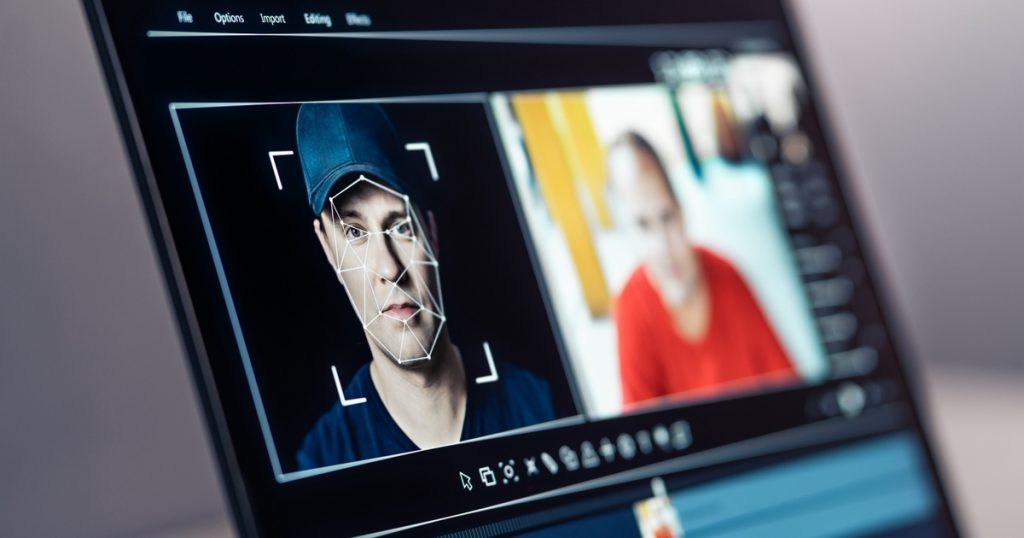Combating Disinformation: The Rise of Content Credentials in the Digital Age
The proliferation of misinformation and manipulated media online has become a critical concern in the digital age. The rapid spread of fabricated content, often indistinguishable from genuine material, can have far-reaching consequences, from influencing public opinion and elections to inciting violence and social unrest. The challenge of verifying the authenticity of digital content, especially in the face of sophisticated manipulation techniques, has prompted the tech industry to develop innovative solutions. One such solution gaining significant traction is Content Credentials, a technology designed to establish the provenance and verify the integrity of digital media.
The genesis of Content Credentials can be traced back to the growing awareness of the disinformation problem and the need for effective countermeasures. In 2019, leading technology and media companies formed the Content Authenticity Initiative (CAI) to explore solutions for authenticating photos and videos. This initiative evolved into the Coalition for Content Provenance and Authenticity (C2PA), a collaborative effort involving over 500 organizations working to establish an open standard for media verification. The C2PA developed Content Credentials, a digital signature technology that serves as a verifiable audit trail for media files.
Content Credentials function by embedding a manifest, containing detailed information about the media’s origin, history, and any modifications, within the file itself. This manifest, secured with a digital signature, acts as a tamper-evident record of all actions performed on the media. Each step, from capture to editing and distribution, is recorded as an attestation within the manifest. This provides a transparent and verifiable history, allowing viewers to trace the content’s journey and assess its authenticity.
The adoption of Content Credentials by major industry players signals a significant step towards combating disinformation. The BBC’s use of the technology to verify a TikTok video of a Haitian prison break highlights the practical application of Content Credentials in real-world scenarios. The BBC was able to verify the location of the video and identify the addition of fabricated audio, demonstrating the technology’s ability to detect manipulations. This verification, digitally signed by the BBC, provides future viewers with crucial context and strengthens the credibility of the information.
Content Credentials are becoming increasingly integrated into the digital media ecosystem. Major camera and smartphone manufacturers, including Canon, Leica, Sony, and Samsung, have embraced the technology, embedding it directly into their devices. Furthermore, leading AI model developers, such as OpenAI, Meta, and Microsoft, now digitally sign all images generated by their models, clearly identifying them as AI-created or manipulated content. This proactive approach to transparency is crucial in mitigating the potential misuse of AI-generated media for disinformation purposes.
While the widespread adoption of Content Credentials is a promising development, the technology is continually evolving to address emerging challenges. The C2PA specification is undergoing continuous refinement, with recent updates focusing on enhancing the "durability" of credentials. This involves implementing techniques like digital fingerprinting and watermarking to maintain provenance information even if the media is altered after publication or captured via screenshot. The combination of these techniques creates a robust and layered approach to verification, ensuring that reliable provenance information remains accessible regardless of how the content is shared or manipulated.
One of the key challenges in establishing a universal system for content verification is the management of digital certificates. Establishing a globally trusted Public Key Infrastructure (PKI) is essential for ensuring the integrity of the digital signatures used in Content Credentials. Determining who has the authority to issue and verify certificates is a complex issue that requires careful consideration and international cooperation. Furthermore, addressing privacy concerns, such as protecting the anonymity of journalists reporting from sensitive locations, necessitates the development of innovative solutions like zero-knowledge proofs. These cryptographic techniques allow for verification of attributes without revealing specific details, enabling a balance between transparency and privacy. The ongoing development and refinement of Content Credentials represent a significant step towards building a more trustworthy digital media landscape. As the technology matures and becomes more widely integrated into devices, software, and online platforms, it has the potential to empower individuals to critically assess the information they consume and make informed decisions based on verifiable evidence. The collaborative effort of the C2PA and its diverse membership, spanning media organizations, tech companies, and civil society, reflects a collective commitment to addressing the critical challenge of disinformation and fostering a more transparent and accountable online environment.


